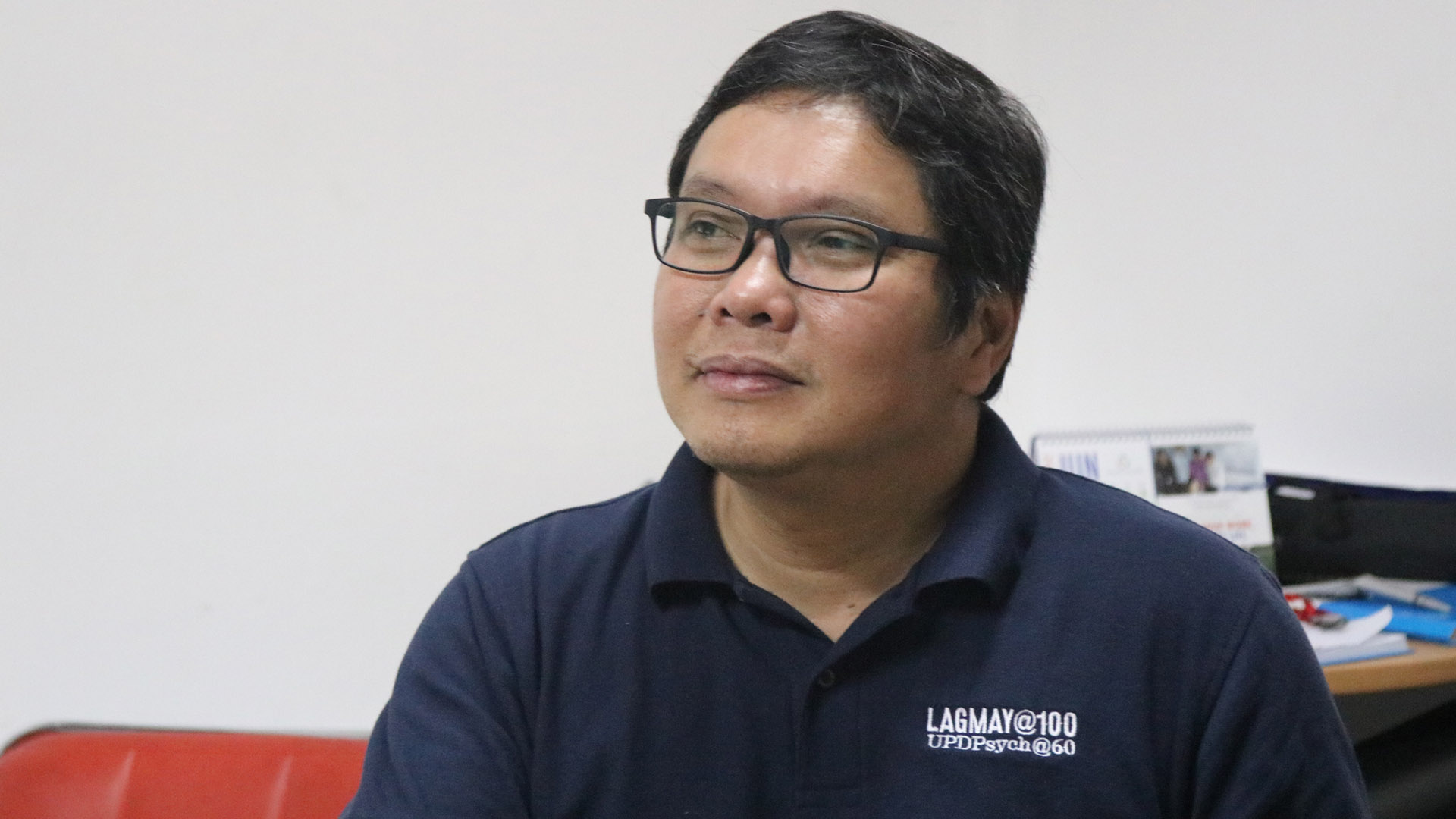Dr. Mahar Lagmay, geologist and executive director of the country’s primary disaster risk reduction and management program Project NOAH (Nationwide Operational Assessment of Hazards), dispelled speculations on man-made causes of the recent series of earthquakes experienced in the province of Cotabato.
In light of circulating social media posts pointing to possible other reasons behind the successive high-intensity tremors, the expert affirmed earlier reports citing the tectonic nature of the quakes.
“Earthquakes can be caused by multiple things but the earthquakes that happened in Cotabato were caused by a sideways movement along faults in the area,” said Lagmay. “Tectonic movement is a natural occurrence of the earth,” he further emphasized.
The province was first struck with a magnitude 6.3 earthquake last October 16, followed by one of magnitude 6.6 on October 29, and the latest with a magnitude of 6.5 just two days after on October 31. The epicenter was recorded in the municipality of Tulunan in Cotabato, affecting several nearby provinces and felt in the whole Mindanao region.
“What was unusual about the earthquakes in Cotabato, aside from it recurring in the same area, was that they were almost of the same magnitude. Normally, after a magnitude 6 earthquake, the next would be of a smaller magnitude. This phenomenon is being studied right now,” explained Lagmay, who also serves as executive director of the University of the Philippines (UP) Resilience Institute and professor at the National Institute of Geological Sciences (NIGS) of UP–Diliman.







